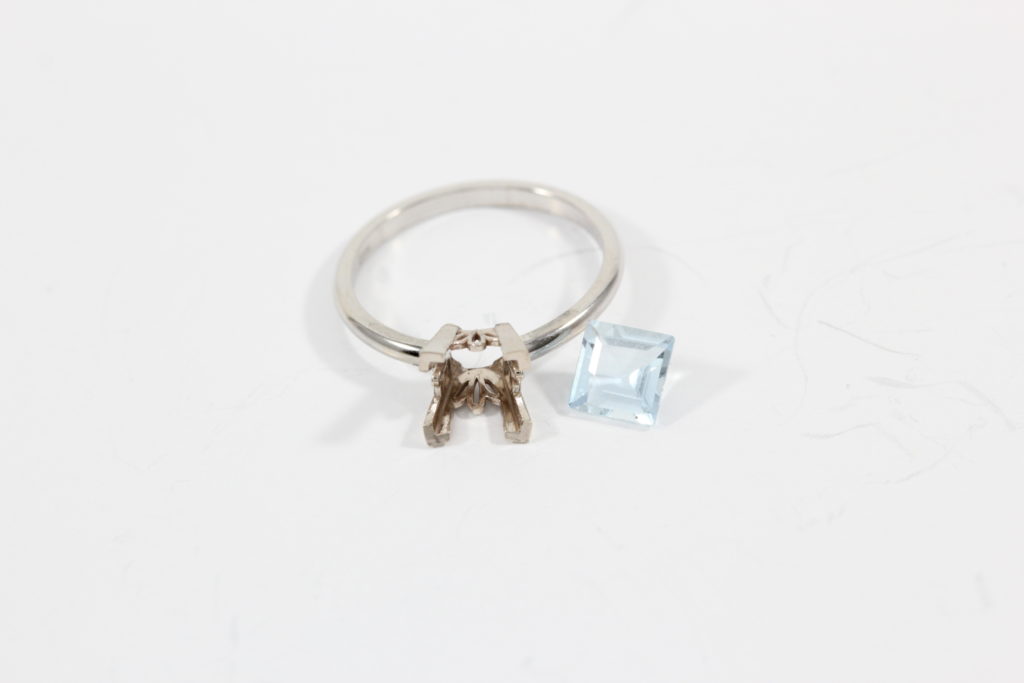How to Create Your Own Custom Made Bracelet
Written by Annabelle
July 11, 2019

Bracelets are one of the best ways to express yourself; from those rubbery slogan ones to metal bangles, the customization possibilities are limitless. If you're looking to create your own custom made bracelet, there are a few things you need to research first! Read more to learn about bracelet custom creation.
The Custom Made Bracelet Creation Process
- Think About Your Bracelet Design
- There are many different types of bracelets, so it's important to think this through before you start the process. Everything can be customized according to your tastes, so don't limit yourself at this step of the process!

A diagram of the most common bracelet styles.
- Select your style: The most important difference when thinking about your preferred bracelet style is whether or not you like a piece that's solid, or flexible. Cuffs and bangles are heavy statement pieces, while chain bracelets can be dainty or chunky. The choice is yours, but keep in mind that pricing is dependent on gram weight. The heavier the piece, the more expensive it will be.
- Select your metal type: Sterling silver, gold, and platinum are standard metals for custom jewelry creation. If you want a particular color, like rose gold, you can consider either getting a piece in solid rose gold or plating a sterling silver base for a more affordable bracelet. Atypical base metals such as copper, brass, and bronze are available upon request.
- Select your chain type: If you're going for a chain bracelet, you can pick different types of chains to change the look of your piece. We love Cuban chains for a strong, bold, and masculine look. Dainty faceted ball chains or tiny cable chains rest discreetly yet prettily on the wrist if you're more of a feminine minimalist.

An evil eye bracelet with a bolo clasp.
- Select your stones: If your design has gems, pick something pretty! Just keep in mind that the larger the stone, the higher the overall price. Certain stones are not suitable for hand wear, as they can be fragile and prone to fracture.
- Select your finishes: Bangles and cuffs can be buffed to a high polish, given a matte texture, or hammered to create a rough, faceted look. Sterling silver chains can take oxidation and darken to a wonderful black color, while charms can be enameling. Plating, of course, is the final step that gives a bracelet a certain metal color.
- There are many different types of bracelets, so it's important to think this through before you start the process. Everything can be customized according to your tastes, so don't limit yourself at this step of the process!
- Move to CAD Casting and Jeweler Assembly
- Once you've figured out your design, a designer will take your idea and create a 3D rendering of the bracelet. This file is known as a computer-aided design, or CAD for short. The CAD is approved and then sent to a 3D printer, which will print out a 3D wax replica of your bracelet for casting. The molten metal of your choice is poured into a mold created from the wax, and cooled.

A CAD of a marquise tennis bracelet.
If your item is a chain bracelet, and doesn't require a CAD for creation, then it's time to look into assembly and labor. Such bracelets will need their components sourced from a reliable supplier, and then cut down and assembled with the correct materials by an experienced jeweler.
- Once you've figured out your design, a designer will take your idea and create a 3D rendering of the bracelet. This file is known as a computer-aided design, or CAD for short. The CAD is approved and then sent to a 3D printer, which will print out a 3D wax replica of your bracelet for casting. The molten metal of your choice is poured into a mold created from the wax, and cooled.
- Set Stones
- If there are stones in your design, they'll be set after casting. Now that the piece actually exists, the jeweler will take the stones and set them according to the design specifications. This can vary from prong settings to bezel settings, all to give a different visual effect.
- Polish and Finish
- Once the bracelet is finished, the jeweler moves it to a polishing wheel and removes any irregularities, tool marks, and scratches from the surface of the metal. Matte and hammered finishes are added to give the piece texture if that was part of the requested design. Last minute touches such as enameling and plating are done after the polishing process, to ensure that the colors are applied on a flat and smooth surface.
You're ready to get started on making your very own custom made bracelet! If you're interested in this process, reach out to us here.


